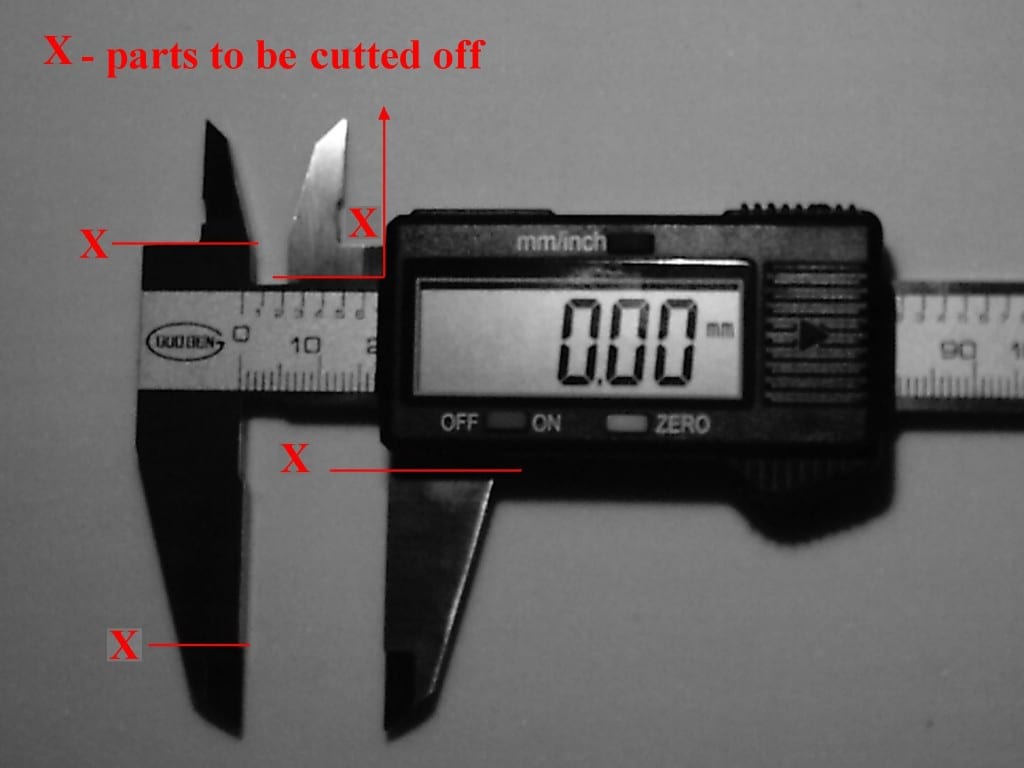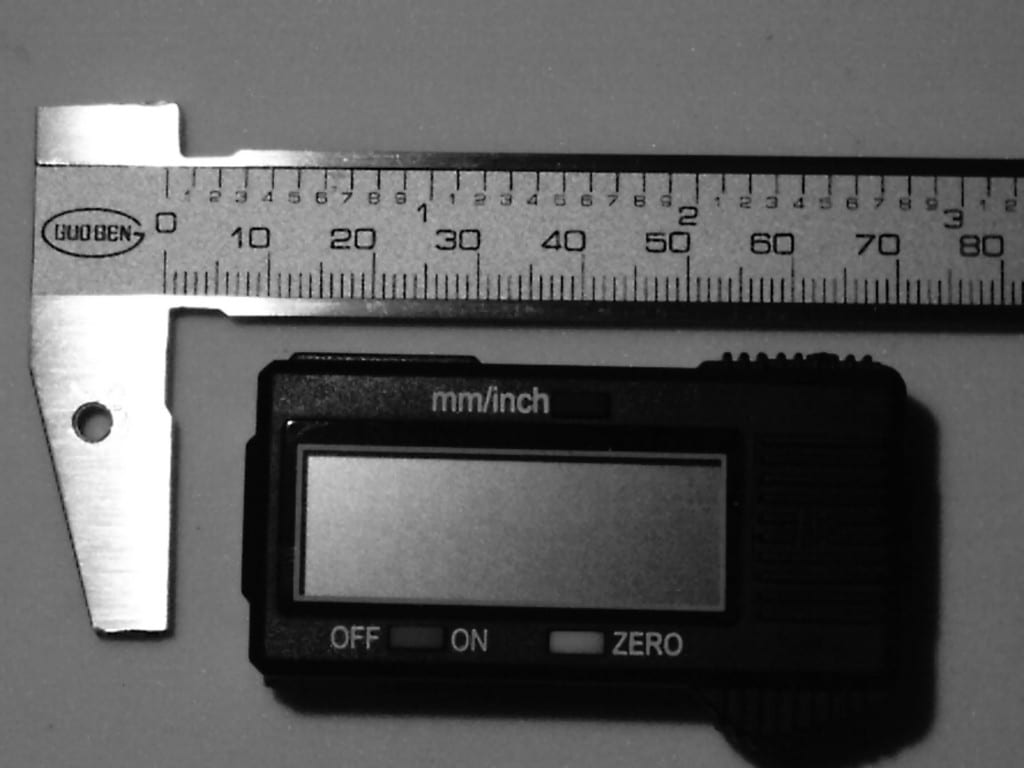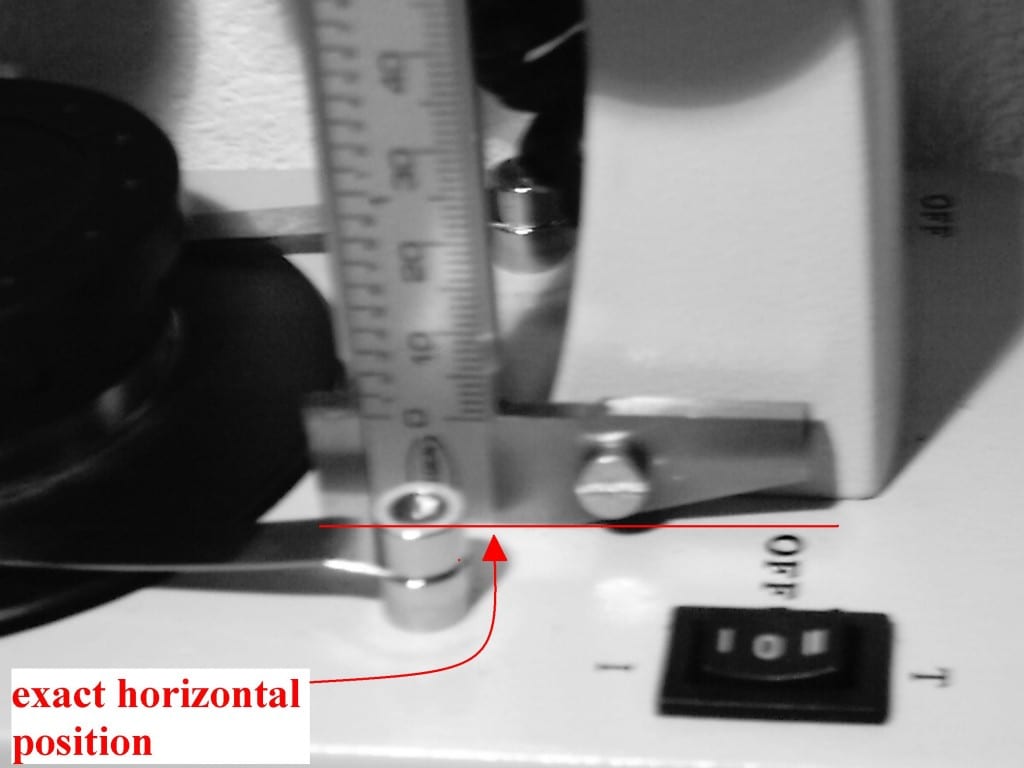How to Measure an OTL Gemstone Refractive Index
by Dr. Raul Berenguel, PhD.

Figure 1: A microscope adapted for measuring OTL gemstone RIs.
"A gemstone with a refractive index (RI) reading that exceeds 1.81 is said to be “over the limit” (OTL). Low-cost refractometers can’t detect the highest or lowest RI values found in gemstones. As a result, you also couldn’t find the birefringence value of these gems.
You could use refraction liquids with RIs higher than 1.81, but these have numerous drawbacks, including toxicity. Other options include using a more expensive electronic refractometer. For singly refractive gems, you could also use a micrometric scale and your microscope. This comes in handy for separating diamonds from simulants, such as yttrium aluminum garnet (YAG), cubic zirconia (CZ), gadolinium gallium garnet (GGG), and even glass.
Using a Micrometric Scale and Microscope to Measure OTL Refractive Indices
Adding a micrometric scale to your microscope can be a great help. F.S.H. Tisdall and B.W. Anderson (BSc, FGA, FKC) used this technique to measure RIs over 1.81 (without limits). However, its principal application is for either singly refractive gems or uniaxial doubly refractive gems. For the former, under good conditions and if the gem isn’t too small, you can obtain an RI with better than 0.02 accuracy. You can also use this technique for determining the depth of an inclusion.
In the 1980s, gemologists utilized this technique by applying a small ruler and a vernier scale to a microscope. Nowadays, we can use digital calipers. Instead of taking measurements down to 0.1 mm (0.004 inch) with the vernier, you can reach 0.01 mm (0.0004 inch) with accuracy even better than ±0.02. You also have the advantage of zeroing the caliper in any position.
How to Upgrade Your Microscope
Let’s apply these concepts. For this upgrade, you’ll need
* A digital caliper.
* Two screws.
* A few bolts.
* An L-shaped piece of metal.
Remember, this is only a guideline. Since each microscope has its own shape, dimensions, etc, some parts could interfere with the displacement of the digital reader or its position.
For this upgrade, you’ll probably spend about $20. (You don’t need an expensive caliper). Figure 1 at the top of this article shows the general aspect of this adaptation.
Positioning the Caliper
Before you begin, carefully study how you’ll attach your caliper to your microscope. Keep in mind that you want the caliper to move with the displacement of the objectives when focusing. Consider several different plans. Don’t attempt the first idea you have. Be sure your adaptation will keep your caliper absolutely vertical and horizontal in relation to the planes of the microscope.
In my case, I did two trials before getting it right. You’ll likely find that the best way to work with the caliper is to place it in an upside-down position. This will give you negative numbers. However, this is irrelevant, since you’ll take them as positive values.
Caliper Cutting Advice
After the assembly, you must cut off some parts of the caliper. (Figure 2 shows the parts I had to cut in my case). If you have a mini-drill with cutting discs, use it. If you don’t have your own drill, have a metalwork shop cut the parts for you
Never cut the metal parts of your caliper without removing the reader first. The heat necessary for cutting the metal will ruin the reader’s electronics.

Figure 2: I had to remove all the parts marked with an “X” from my caliper.
Be careful when you disassemble your caliper. Do it step-by-step and make sure you understand where each piece belongs. For example, every caliper has a small, curved copper strip inside. It serves as a tension strip and is connected to a retention pin.
You can see the final result in Figure 3. Note the hole I made in the outer large jaw. It’s about 3.5 mm (0.138 inch). That will serve as passage for a 3 mm (0.118 inch) screw.

Figure 3: My disassembled caliper.
Aligning the Horizontal and Vertical Axes
The top of the caliper remains untouched because it will serve to perfectly align the horizontal and vertical axes. See Figure 4.

Figure 4: The caliper aligns with the base of the microscope.
Of course, after careful positioning, mark the point where you’ll drill a threaded insertion for the screw. Most likely, you’ll have to add some spacing nuts between the caliper and microscope body. This will maintain some free space between the digital reader and the microscope body. See Figures 5 and 6. ... "
https://www.gemsociety.org/article/meas ... e-ri-1-81/